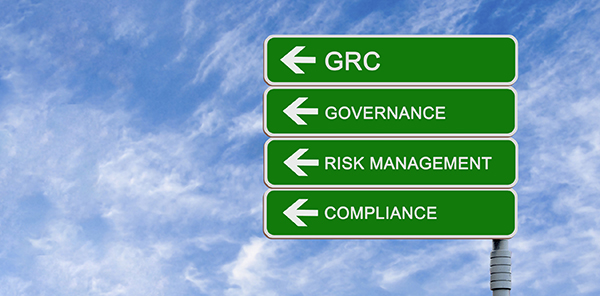By Tamara Prazak
IT transformation requires a clear understanding of both the starting point and the destination. Companies today are moving through an IT transformation journey to evolve their IT strategy and infrastructure and create efficiencies in their business. This journey will involve creating a documented cloud strategy. Gartner estimates that less than one-third of enterprises have a documented cloud strategy in place. The majority that hasn’t taken this step likely recognize the importance of having one. Every business starts in a different place and as they develop their unique strategy, it’s critical that both a cloud audit and governance plan are part of the key deliverables. These are crucial components to enabling businesses to manage and optimize their applications through cloud technology.
Drivers
The drivers behind the need for a cloud audit and governance plan are –
- Disparate systems– many companies today have disparate systems based on their infrastructure being cobbled together over time. Contributing factors include the rise in M&A activity and the average tenure of the CIO. The CIO position is typically the shortest tenured position in the C-suite, thus these frequent changes at the helm of IT leadership result in varied approaches to IT infrastructure deployments.
- Shadow IT– Many departments outside of IT are implementing technology. Gartner predicts the CMO marketing technology spend is on track to exceed overall CIO technology spend in 2017. This leads to shadow IT, hidden clouds and IT sprawl.
Approaches
Companies can take an internal approach to conducting a cloud audit and creating their governance plan. Businesses can do a self-assessment and create a business impact analysis as part of their process.
An alternative approach would be to retain a consultant or professional services provider to perform the audit and develop a cloud governance strategy. Additional value-added services that can be procured through a provider include a cloud readiness assessment and migration plan.
There are also a variety of cloud discovery planning and migration tools that companies or professional consultants can use to optimize their approach. These tools aid in the identification of interdependencies of IT systems and application move groups and expedite the inventory process by providing a count of devices by type, location, application stack and more.
Deliverables
The cloud audit should result in a detailed cloud governance strategy that includes the following:
- IT Infrastructure discovery and inventory, including a high-level application view and identification of interdependencies
- Compliance and security requirements
- Performance requirements
- Budget considerations
- Virtualization and integration goals
Based on your defined governance strategy a company can then evaluate cloud options to determine the best alternative before moving forward with their cloud migration.
The best advice for moving ahead with your IT transformation is to start now.
About the Author
Tamara Prazak is director of channel sstrategy and marketing for ViaWest and social media co-chair for Cloud Girls Communications Work Group.
About the Editor
Amy Kramer is senior account executive at ANEXIO and a member of the Cloud Girls Communications Work Group.

